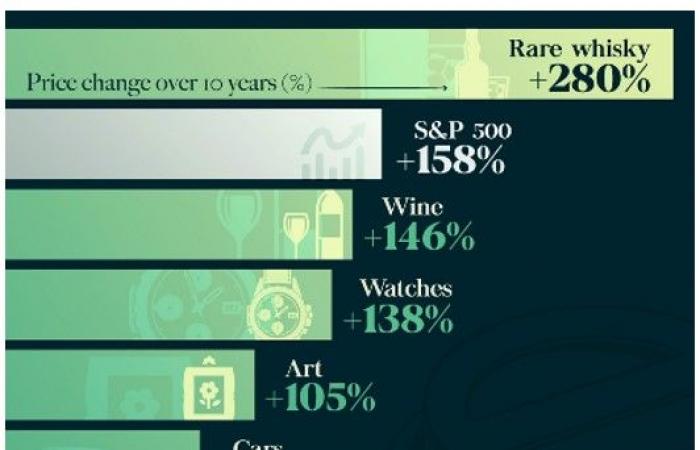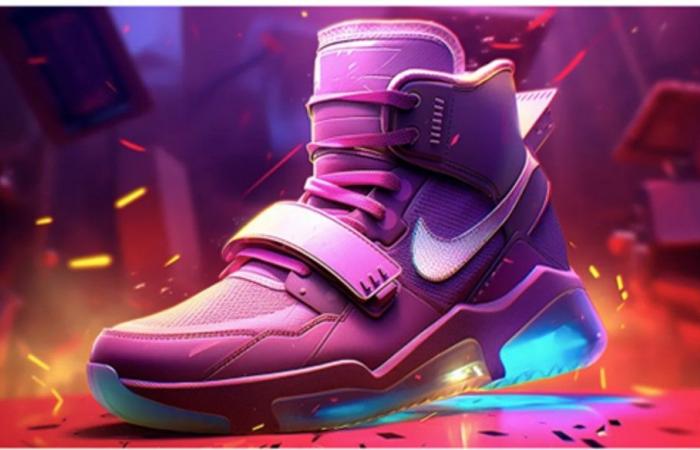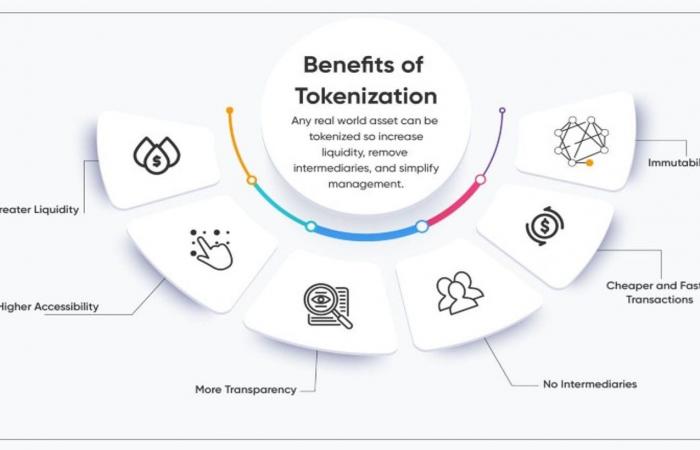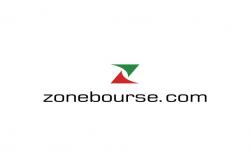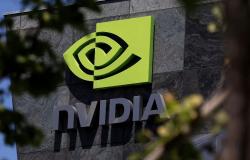New technologies will play a key role in the high-end sector. For example, guaranteeing the authenticity of a product and thus stopping counterfeiting.
Luxury goods as an asset class
The global luxury goods market is estimated at €1.5 trillion, according to consulting firm Bain & Company. This market – which could reach €2.5 trillion by 2030 – is thriving in part thanks to its adaptability and constant quest for innovation.
Luxury goods are high-end products that are distinguished by their quality and exclusivity, such as haute couture, jewelry, watches, automobiles and spirits. Often considered an extravagance, this category of tangible assets has attracted keen interest from consumers with high purchasing power as well as investors.
UHNWIs or “Ultra High-Net-Worth Individuals” are the first to recognize the appreciation potential of luxury goods; studies have shown that approximately 20% of the share allocated to tangible assets by UHNWIs is made up of luxury goods.
There are three main reasons for this popularity. First, high-end luxury goods often come with a sense of rarity and therefore tend to appreciate in value over time. For example, rare whiskies have outperformed the S&P 500 by 122% over a 10-year period. Second, luxury goods exhibit low correlation to traditional assets, which helps diversify multi-asset class portfolios. Third, the most exclusive luxury goods are particularly resilient to recessions and act as an inflation hedge; their intrinsic value allows them to maintain or even increase in value during periods of high inflation. Furthermore, luxury brand stocks tend to perform well over time due to their ability to maintain high operating margins and use their free cash flow for strategic acquisitions.
Source: Visual Capitalist
Blockchain technology at the service of luxury
A major problem in the luxury goods market is counterfeits, which threaten the exclusivity and prestige of brands and subsequently lead to a loss of consumer trust. How can you be sure that the Louis Vuitton bag offered at half price on Facebook Marketplace is real? Blockchain offers an answer to this problem. This digital ledger securely records transactions in a decentralized and immutable manner. By registering luxury goods on the blockchain, it allows for detailed provenance tracking, tracing the history of the good from its creation to its current owner. This feature is particularly useful for frequently imitated items, such as handbags, cigars, wines, and watches. Unique digital certificates on the blockchain allow buyers to independently verify the authenticity of an item, which helps speed up decision-making and build trust in the market.
The Origyn Foundation oversees the activities of Origyn Entreprise, a Neuchâtel-based firm that develops NFT (Non-Fungible Token) certificate technology, these non-interchangeable tokens, based on the blockchain, which make it possible to attest to the authenticity of a work and to associate it with a single owner. Origyn’s technology is based on the Internet Computer of the Zug-based firm Dfinity, a sort of decentralized cloud 3.0 thanks to the blockchain. These tokens are not only useful in the event of resale but also facilitate the use of luxury goods as collateral for loans.
Source: Origyn
Gübelin Gem Lab has introduced the Provenance Proof Blockchain to trace the journey of each gemstone from rough to finished product, so customers can trust the authenticity and ethical sourcing of their gemstones.
In 2021, LVMH, Prada Group, OTB and Richemont founded the Aura Blockchain consortium, a non-profit organization. The consortium, headquartered in Carouge (Geneva), issues a “digital passport” during production, as a unique digital identifier and certificate of authenticity. The customer can then track the product’s entire lifecycle, from the supply chain to in-store purchase. This digital passport also provides proof of ownership and an e-guarantee. Today, Aura Blockchain brings together 40 premium brands such as Mercedes-Benz, Givenchy, Dior, Loro Piana and Tod’s, with over 40 million luxury products registered on its platform.
The consortium also allows luxury brands to create NFTs as digital duplicates of physical products. When customers buy a product, the brand can offer a digital token as a collectible. These tokens can confer various services, such as after-sales services, loyalty rewards and benefits related to the repair of the product. Brands can also sell tokens with benefits, a solution already proposed by Prada with its Timecapsule collection and by Givenchy with its BSTROY x Givenchy collection. By investing in an NFT loyalty card, customers can access exclusive benefits such as early product launches and invitations to exclusive events. But these NFTs can also be returned to electronic marketplaces. Their values can therefore fluctuate over time in 24/7 mode.

Source: Prada Timecapsule NFT
Tod’s, a member of the Aura Blockchain consortium, has gone beyond traceability and added features that allow the owner to access all the information regarding the supply chain of their Di-bag, such as the origin of the materials, the production and compliance processes, quality, sustainability and transparency aspects. Near-field-communication (NFC) technology allows this information to be verified with a simple scan via a smartphone.
Source: fashion united
Nike, one of the biggest sports brands, is also getting involved in the creation of NFTs. Nike started by acquiring RTFKT Studios in 2021. This is a company that uses cutting-edge technologies such as in-game engines, NFTs, blockchain authentication, and augmented reality to create virtual products and experiences. Nike then launched .Swoosh, a Web3 platform specializing in the creation of virtual assets such as NFT sneakers and apparel. To expand its Web3 capabilities, Nike has formed key partnerships with major players in the digital world, such as Epic Games, the company behind the game Fortnite. Together, they have created an NFT sneaker hunt called “Airphoria.” The ultimate goal for Nike is to attract Fortnite’s 242 million monthly users.
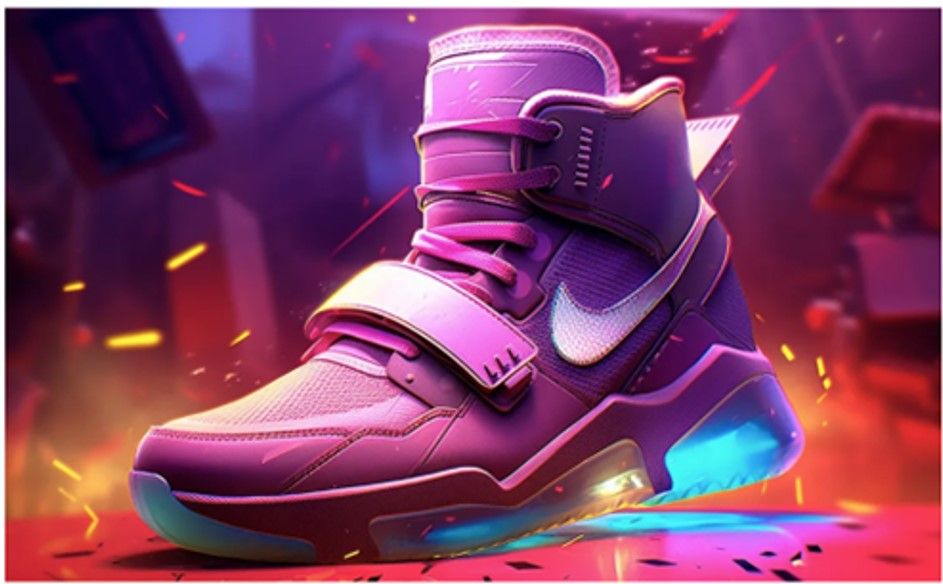
Tokenization applied to luxury
Tokenization is the process of converting real assets into digital representations on a blockchain. It provides digital proof of ownership rights, represented by one or more tokens on the blockchain. Assets can be converted into fungible (tradable) or non-fungible tokens (NFTs), depending on their nature and intended use. Assets can thus be exchanged, transferred, and managed digitally. The underlying technology can be applied to virtually any asset: cars, clothing, jewelry, artwork, spirits, etc.
Source: Ebric Blog
Tokenization offers significant benefits, such as greater accessibility, increased transparency, disintermediation, cheaper and faster transactions, and transaction immutability. By transforming property rights into digital tokens, tokenization allows assets to be divided into smaller, more affordable fractions. It allows anyone to invest in luxury goods without the need for large amounts of capital. Investors can trade their tokens on secondary markets, providing flexibility that was once unimaginable. Like other types of alternative investments, tokenized assets could add a layer of uncorrelated diversification, which can improve a portfolio’s risk-adjusted return profile.

Source: Coindelta
Startup Elephants has launched a co-ownership platform for luxury watches. In just ten days, Elephants managed to attract co-owners for iconic watches such as the Patek Philippe Nautilus and the Rolex Submariner, raising nearly 150,000 francs. Another initiative by Cellar DAO allows you to invest in rare bottles of wine, whiskey and cognac as NFTs without having to acquire the entire product.
Source: Elephants
However, it is important to note that tokenization grants economic rights to the real asset, but not necessarily usage rights. This means that one can benefit from its appreciation in value, receive potential dividends, or trade the tokens on a secondary market, but not necessarily have the right to use or consume the asset in question. MERJ Exchange and CurioInvest collaborated to tokenize 500 luxury cars, including the Ferrari F12TDF valued at over $1 million and which was tokenized, for just $1 per token. In this case, the cars are stored in a vault in Germany and the tokens represent only economic shares. This means that token holders can benefit financially from the investment, but cannot physically use the vehicles.
Risk factors
As promising as they are, new technologies come with their share of hurdles. Regulatory uncertainty, due to the lack of clear guidelines, poses challenges for both investors and platforms. Reliance on digital platforms introduces security risks, with potential breaches threatening the integrity and safety of investments. Valuation issues also arise in niche asset classes without established liquid markets, which can lead to unexpected volatility or price discrepancies. In addition, there is an education gap, as many potential investors do not have a sufficient understanding of the mechanics of tokenization, including its risks and benefits, which can hamper adoption and informed decision-making. The operational complexity of blockchain technologies requires a more robust and user-friendly wallet infrastructure to manage the complex processes involved. Furthermore, the management of the underlying physical assets requires secure storage under appropriate conditions, particularly for maturing assets such as wine or whisky, to preserve their quality and value.
Conclusion
The Boston Consulting Group predicts that asset tokenization will become a $16.1 trillion business opportunity by 2030, as the market shifts from stock exchanges to asset exchanges. Some segments within luxury goods are expected to be part of this high growth. For example, the booming market for tokenized luxury cars is expected to reach a value of $10 billion as early as 2025. The currency debasement seen in several G7 countries means that savvy investors will seek to prioritize risk assets over cash, especially as interest rates begin to decline. Luxury assets are well-positioned to attract some of these set-aside funds.
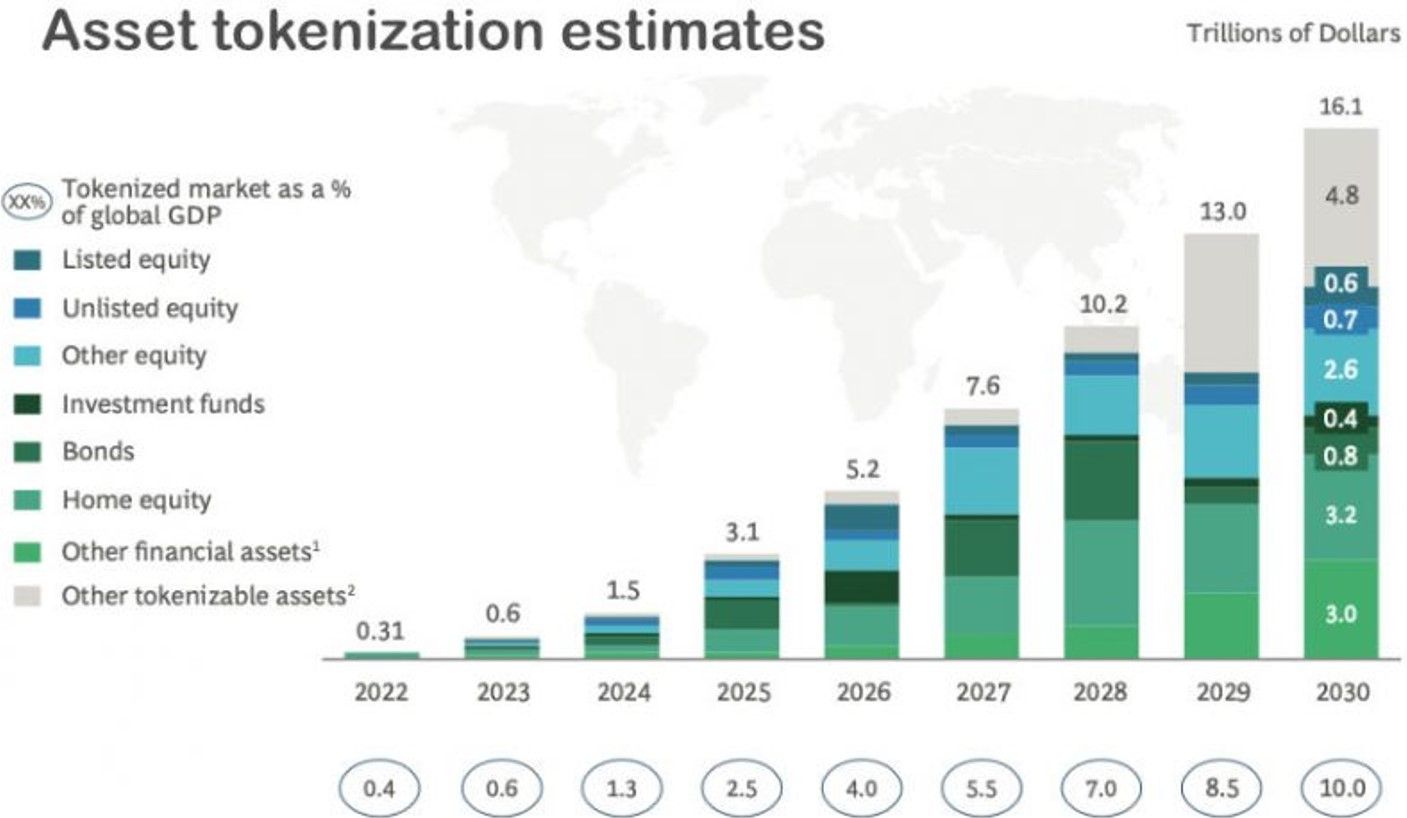
Source: BCG, ADDX
Source: Pandora finance


